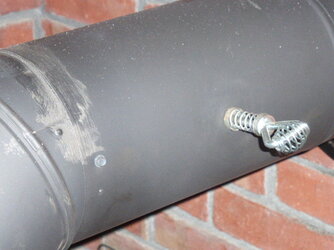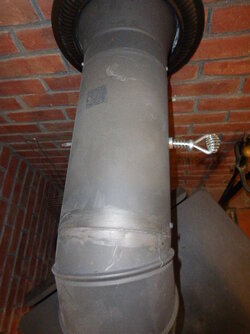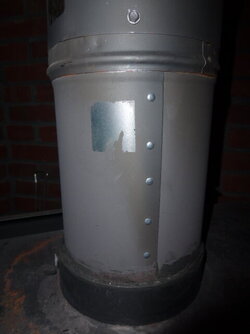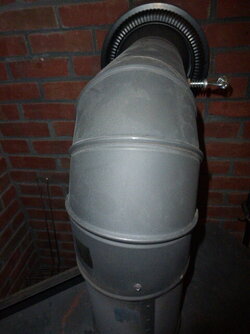I would like to remove the damper from the flue pipe on my woodstove. A workman replaced the pipes and installed a damper over my strong objections. The instructions that came with the stove clearly said to not install a damper and cited federal regulations for this type of stove. I'm not satisfied with how the stove is burning (it was fine before). Two questions:
(1) The workman used furnace cement to seal each joint on the pipes. How do I remove this? I hope that removing the seal on both ends of the section with the damper will allow me to remove that section without disturbing the other sections too much.
(2) How should I plug the two spindle holes in the pipe ?
Consider me a rookie. Thanks for your help!
.
(1) The workman used furnace cement to seal each joint on the pipes. How do I remove this? I hope that removing the seal on both ends of the section with the damper will allow me to remove that section without disturbing the other sections too much.
(2) How should I plug the two spindle holes in the pipe ?
Consider me a rookie. Thanks for your help!
.





